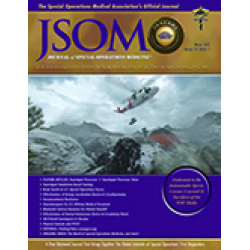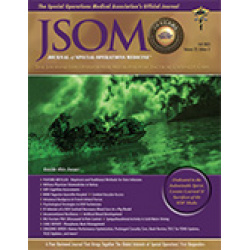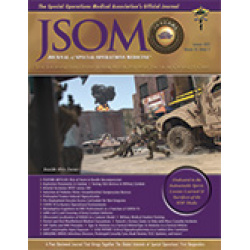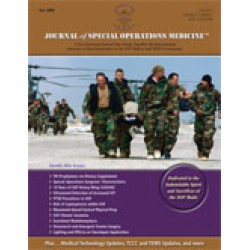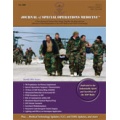Latest Products
Exertional Rhabdomyolysis: Attrition Through Exercise, A Case Series and Review of the Literature
Reese JM, Fisher SD, Robbins DP 12(3). 52 - 56 (Journal Article)
Rhabdomyolysis is a common syndrome that can range from asymptomatic to a severe life-threatening condition. It is the result of acute muscle fiber necrosis leading to cell lysis and subsequent transfer of those byproducts into the circulatory system. The most significant constituent of these byproducts is myoglobin, which has been known to cause renal failure in 10-50% of patients that develop rhabdomyolysis. In addition, the electrolytes contained within these cells are leached into the blood stream, which can lead to significant electrolyte abnormalities. The etiology of rhabdomyolysis is broad and includes inherited diseases, drugs, toxins, muscle compression or overexertion, infections, and more. This syndrome may carry a mortality rate ranging from 7-80%. We describe five patients assigned to various companies within 160th Special Operations Aviation Regiment (Airborne) that developed exertional rhabdomyolysis of the bilateral upper extremities between June 2011 and January 2012. In this case series we will describe the events leading up to the diagnosis, lack of risk factors or family history, diagnostic criteria, treatment, and future concerns related to the condition.


 Español
Español 